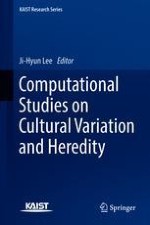2018 | OriginalPaper | Buchkapitel
User Defined Conceptual Modeling Gestures
verfasst von : Bige Tunçer, Sumbul Khan
Erschienen in: Computational Studies on Cultural Variation and Heredity
Verlag: Springer Singapore
Aktivieren Sie unsere intelligente Suche, um passende Fachinhalte oder Patente zu finden.
Wählen Sie Textabschnitte aus um mit Künstlicher Intelligenz passenden Patente zu finden. powered by
Markieren Sie Textabschnitte, um KI-gestützt weitere passende Inhalte zu finden. powered by
